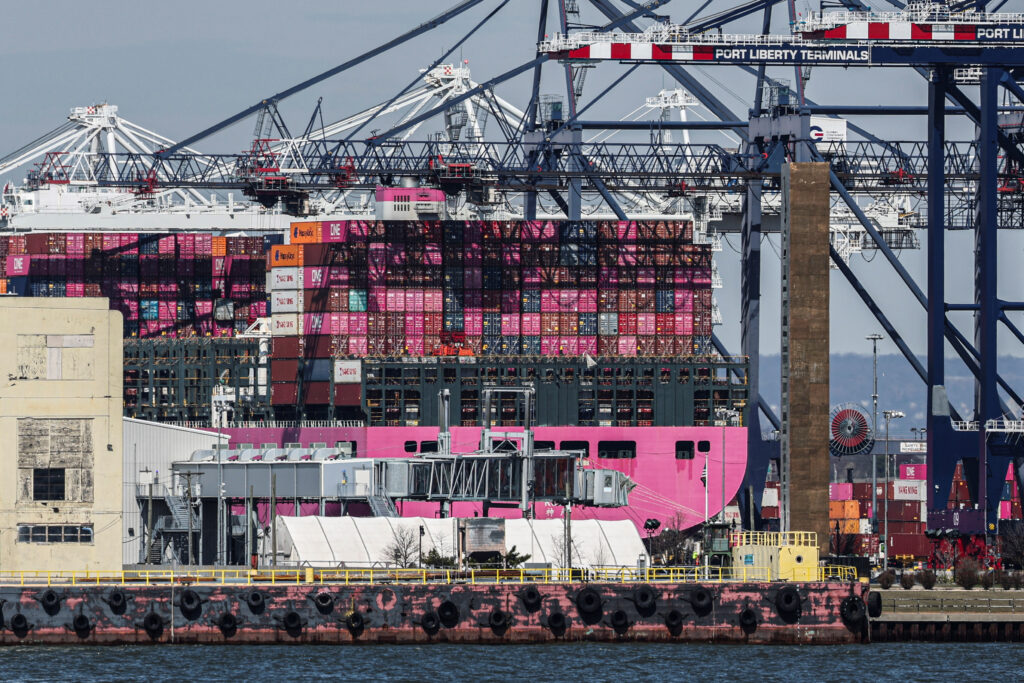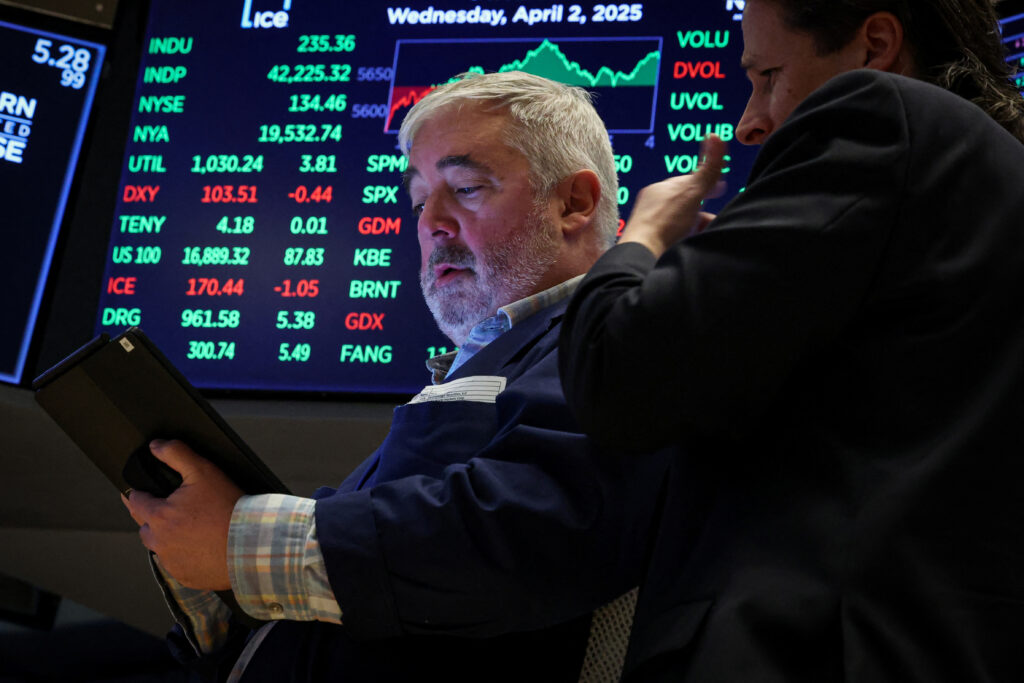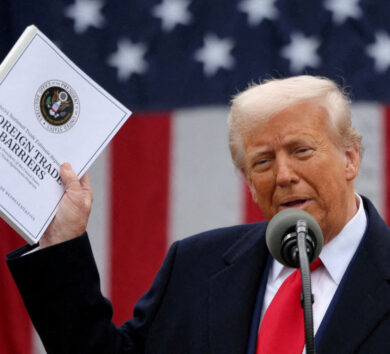

WASHINGTON (Reuters)
US customs agents began collecting President Donald Trump’s unilateral 10 per cent tariff on all imports from many countries on Saturday (April 5), with higher levies on goods from 57 larger trading partners due to start next week.
The initial 10 per cent “baseline” tariff took effect at US seaports, airports and customs warehouses at 12:01 am Eastern Time (0401 GMT), ushering in Trump’s full rejection of the post-World War Two system of mutually agreed tariff rates.
“This is the single biggest trade action of our lifetime,” said Kelly Ann Shaw, a trade lawyer at Hogan Lovells and former White House trade adviser during Trump’s first term.
Shaw told a Brookings Institution event on Thursday that she expected the tariffs to evolve over time as countries seek to negotiate lower rates. “But this is huge. This is a pretty seismic and significant shift in the way that we trade with every country on earth,” she added.
Trump’s Wednesday tariff announcement shook global stock markets to their core, wiping out US$5 trillion in stock market value for S&P 500 companies by Friday’s close, a record two-day decline. Prices for oil and commodities plunged, while investors fled to the safety of government bonds.

Among the countries first hit with the 10 per cent tariff are Australia, Britain, Colombia, Argentina, Egypt and Saudi Arabia. A Customs and Border Protection (CBP) bulletin to shippers indicates no grace period for cargoes on the water at midnight on Saturday.
But a Customs and Border Protection bulletin did provide a 51-day grace period for cargoes loaded onto vessels or planes and in transit to the US before 12:01 am ET Saturday. These cargoes need arrive to by 12:01 am ET on May 27 to avoid the 10 per cent duty.
At the same hour on Wednesday, Trump’s higher “reciprocal” tariff rates of 11 per cent to 50 per cent are due to take effect. European Union imports will be hit with a 20 per cent tariff, while Chinese goods will be hit with a 34 per cent tariff, bringing Trump’s total new levies on China to 54 per cent.
Vietnam, which benefited from the shift of US supply chains away from China after Trump’s first-term trade war with Beijing, will be hit with a 46 per cent tariff and agreed on Friday to discuss a deal with Trump.

Canada and Mexico were exempt from both Trump’s latest duties because they are still subject to a 25 per cent tariff related to the US fentanyl crisis for goods that do not comply with the US-Mexico-Canada rules of origin.
Trump is excluding goods subject to separate, 25 per cent national security tariffs, including steel and aluminium, cars, trucks and auto parts.







Comments